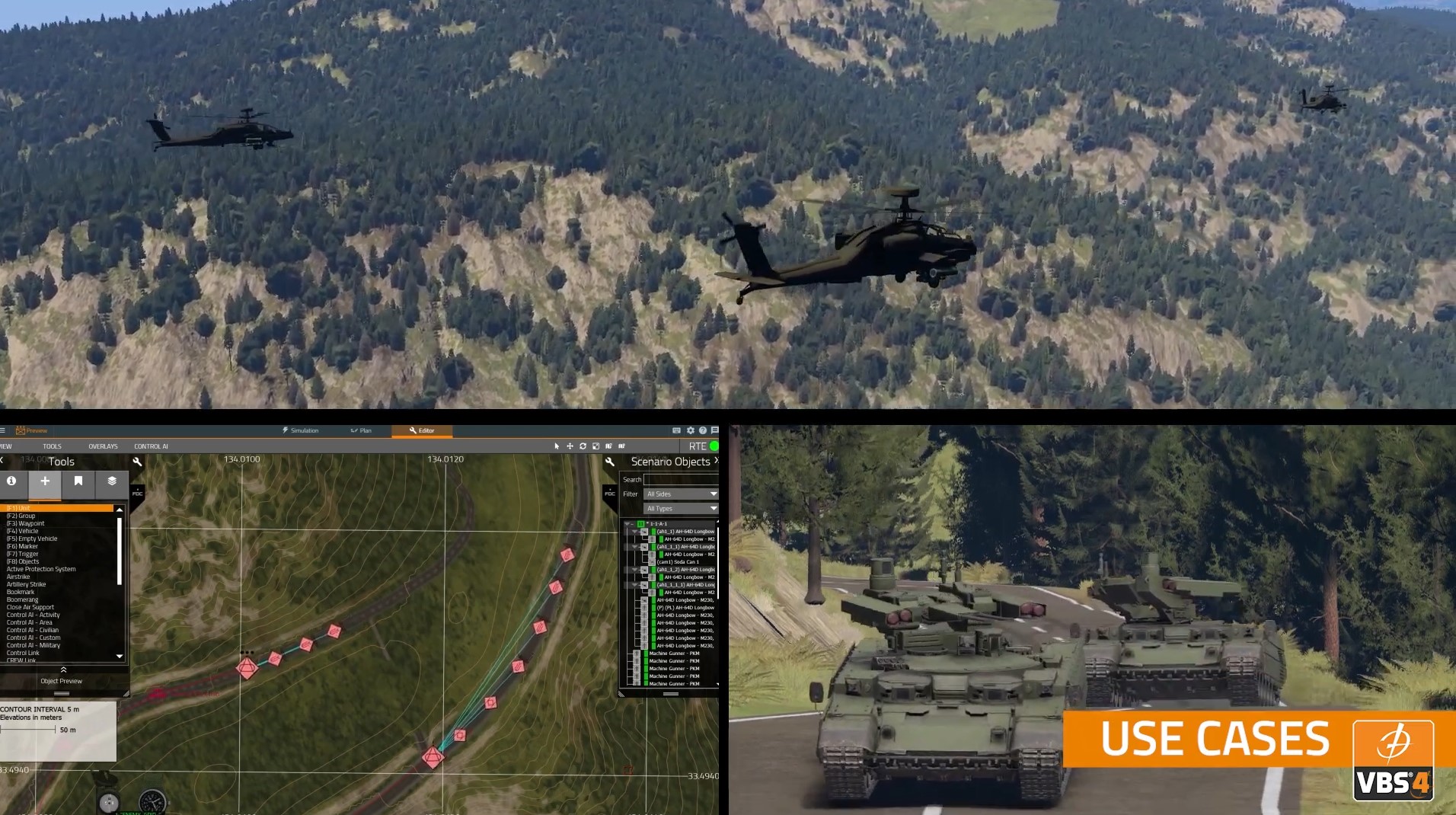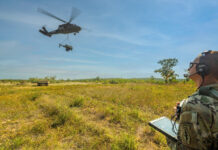
US Army selects BISim’s Virtual Battlespace 4 to extend its virtual, game-based training
Peter Felstead
BAE Systems subsidiary Bohemia Interactive Simulations (BISim) announced on 25 July 2025 that the US Army has completed a contract modification to begin upgraded deployment of BISim’s Virtual Battlespace 4 (VBS4) virtual desktop training environment as part of its ongoing Games for Training (GFT) programme.
The GFT programme, originally established in 2013, provides the US Army with a persistent and flexible simulation capability to support mission rehearsal, tactical training and leadership development across the operational, institutional and self-development domains. BISim has been a core GFT programme partner since 2009, first fielding VBS2 and transitioning to VBS3 in 2014, and securing a five-year enterprise licence contract in 2022.
“Upgrading to VBS4 allows us to take full advantage of the latest advancements in virtual game training technology,” David Perez, the US Army’s GFT programme manager, was quoted as saying in a BAE Systems press release. “Our mission is to ensure soldiers are trained and ready for the complexities of the modern battlefield. With VBS4, we’re delivering a flexible, immersive game platform that supports the army’s push for leaner, more lethal formations and the rapid integration of emerging technologies into training.”
Used across more than 80 simulation centres, schoolhouses and home-station training sites, the GFT programme is the most widely fielded game-based training capability in the US Army.
“VBS4 builds on that foundation, providing a low-overhead solution that supports everything from individual and squad training to mission command and staff exercises,” BAE Systems stated.
As the US Army enters the third option year of its current GFT contract, the transition to VBS4 reflects continuing army game training goals. This upgrade brings an array of new capabilities to the GFT enterprise, including an enhanced graphics engine, improved networking and performance, a streamlined user interface and access to a powerful whole-Earth terrain server, enabling more realistic, scalable, and adaptable virtual training environments.













